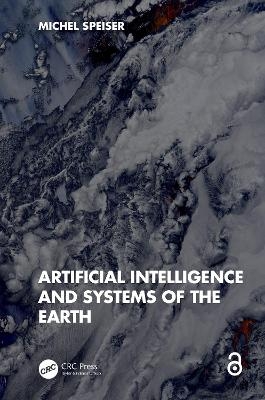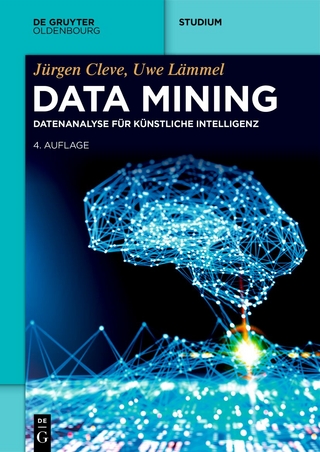
Artificial Intelligence and Systems of the Earth
CRC Press (Verlag)
978-1-032-71050-1 (ISBN)
Artificial Intelligence and Systems of the Earth is a book about the potential and capabilities of artificial intelligence (AI) and machine learning (ML) for studying the Earth. It aims to serve as an eye-opener on new avenues of scientific research that can be enabled by AI/ML. This is not meant to be a ‘how to’ book but is written to answer the question ‘what if’. It explains how these tools are currently being applied, and the new opportunities they have opened. Through many examples and application ideas from outside the Earth Sciences, the book discusses some of the most prevalent types of AI in current use, the future of AI hardware, and how AI/ML bring about change.
Features
Provides accessible and compact coverage on the many uses AI in Earth Science.
Covers AI, deep learning, and causal modeling concepts in an easy-to-understand language.
Contains a chapter on generat ive AI and its specific strengths and challenges.
Includes descriptions of computer hardware for AI and where it is headed.
Offers a companion website with regularly updated content.
This book is an excellent resource for researchers, academics, graduate, and senior undergraduate students in Earth Science and Environmental Science and Engineering, who wish to learn how AI and ML can benefit them, its potential applications, and capabilities. The Open Access version of this book, available at http://www.taylorfrancis.com, has been made available under a Creative Commons (CC-BY) 4.0 license.
Michel Speiser is Chief Data Scientist at the International Centre for Earth Simulation (ICES Foundation) in Geneva, Switzerland. He strives to bring the advantages of AI and Machine Learning to bear on Earth Systems Modeling, Simulation & Visualization. He spent over six years at IBM Research, pushing the limits of data science, and unlocking the value hidden in large, complex data, drawing on techniques in probabilistic and statistical modeling, Machine Learning and Data Mining, and developing new tools and methods as needed. Michel holds a PhD in Information Systems and Operations Research (ETH Zurich), and Master’s degrees in Computer Science (EPFL), Complex Systems (Chalmers University of Technology), and Mathematical Sciences (EPFL).
1. Introduction. 2. AI refresher. 3. Current and future applications of AI in Earth-related sciences. 4. AI and challenges in Earth-related sciences. 5. AI hardware and quantum computing. 6. Why believe AI? The role of machine learning in science. 7. Generative AI. 8. Causal models: AI that asks ‘why’ and ‘what if’. 9. Conclusion.
| Erscheinungsdatum | 22.10.2024 |
|---|---|
| Zusatzinfo | 12 Line drawings, color; 4 Line drawings, black and white; 4 Halftones, color; 16 Illustrations, color; 4 Illustrations, black and white |
| Verlagsort | London |
| Sprache | englisch |
| Maße | 156 x 234 mm |
| Gewicht | 371 g |
| Themenwelt | Informatik ► Datenbanken ► Data Warehouse / Data Mining |
| Informatik ► Theorie / Studium ► Künstliche Intelligenz / Robotik | |
| Naturwissenschaften ► Geowissenschaften ► Geologie | |
| Technik ► Umwelttechnik / Biotechnologie | |
| ISBN-10 | 1-032-71050-0 / 1032710500 |
| ISBN-13 | 978-1-032-71050-1 / 9781032710501 |
| Zustand | Neuware |
| Informationen gemäß Produktsicherheitsverordnung (GPSR) | |
| Haben Sie eine Frage zum Produkt? |
aus dem Bereich


